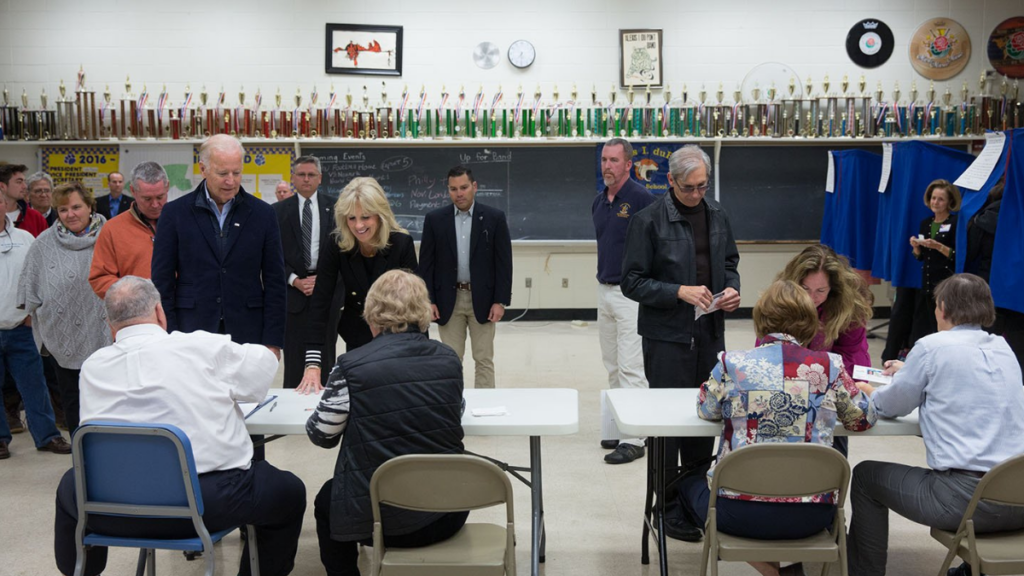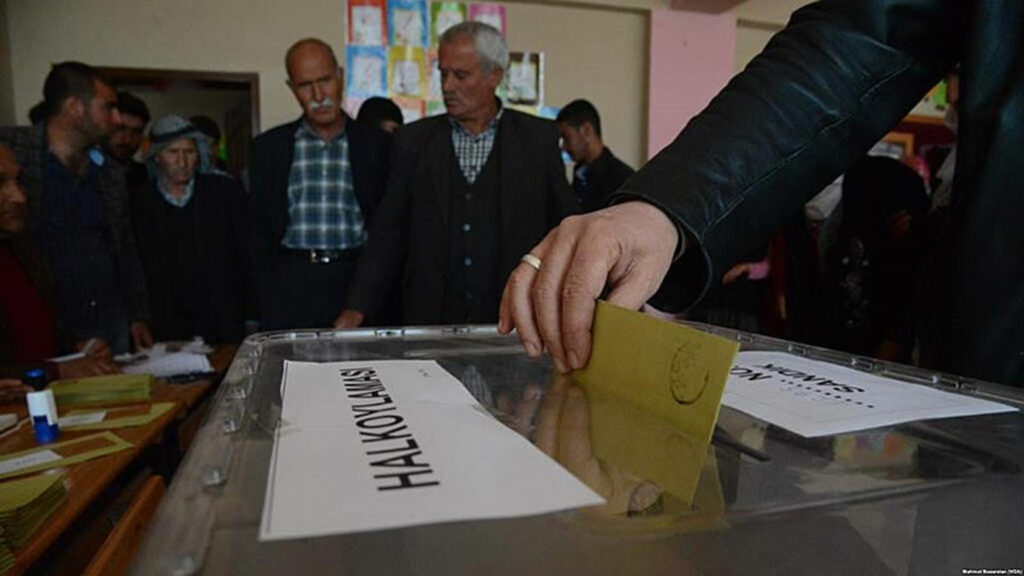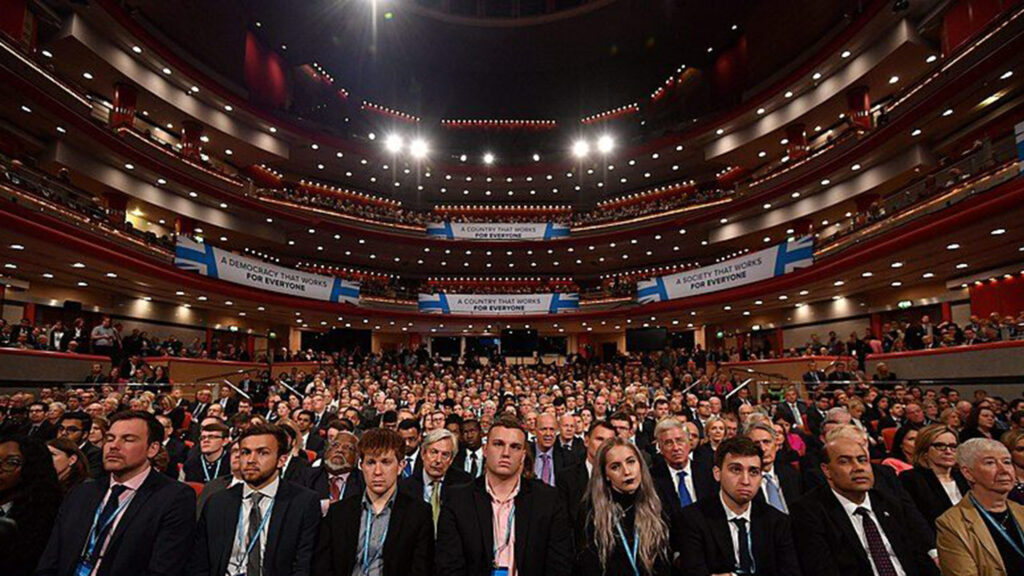Extinction Rebellion - PR masterclass or car crash of public opinion?
London has witnessed a dramatic fortnight with the return of Extinction Rebellion. From Trafalgar Square to Tower Bridge, and St. Paul’s to Islington, the movement has once again divided opinion, and made itself heard.
Extinction Rebellion, or ‘XR’ is a political non-partisan movement using non-violent direct action and civil disobedience to persuade governments to act on the climate and ecological emergency. Civil disobedience is at the heart of its strategy, designed to disrupt the everyday workings of London – but some are now asking, has XR gone too far?
XR abides by a series of principles and values which seek to direct the movement’s aims and priorities. One is to ‘learn from other movements to reform and guide its approach’. Now, as XR is adopting novel and objectively effective methods of campaigning (including glueing themselves to roads, using lock-on devices to chain themselves to railings, and reviving the 1970s retro ‘peace and love’ messaging), some may say the group’s tactics of late do them a disservice.
A bridge too far?
In September 2020, the movement blocked both Westminster and Lambeth bridges, with demonstrations that caused severe traffic issues and disrupted the daily lives of countless Londoners. In this regard, XR succeeded, doing so in a non-violent manner – something which in the long run attracts more to the cause. However, in blocking the bridges, protestors also blocked the access of ambulances to Guys & St. Thomas’ – one of London’s busiest hospitals.
Here, XR made the mistake of obstructing the vital work of one of the UK’s most valued and trusted institutions – the NHS, in a misstep that led to widespread condemnation. An official XR statement read ‘when there are traffic jams, ambulances are redirected by their HQs… we usually advise of disruption before [our protests] happen… there are frequent traffic jams in London… and the services have strategies for coping with them… we aim to give them the necessary advance warning so they can alert crews and reroute on the day’.
What XR failed to realise is that cutting off bridges specifically can see an ambulance delayed by a whole 15 minutes – time which could mean the difference between life and death. Likewise, the statement didn’t seem to grasp or acknowledge the difference between routine London traffic jams, and people glued to roads and bridges – it is, of course, far easier to avoid the former.
Similarly, the recent demonstrations saw XR protesters repeat their 2020 misstep by blocking access to vaccination centres in Westminster, which meant that hundreds of people who were booked in for their second vaccine could not attend. From a reputational standpoint, XR did itself no favours by once again disrupting the operations of the NHS, and specifically the rollout of Covid vaccines.
Effective messaging
XR does however have strong messaging. Slogans such as ‘Sound the Alarm’, ‘Tell the Truth’, or ‘Act Now’ strike at the heart of an individual’s mistrust of the Government, or sense of climate urgency – they are effective in their simplicity.
The group also demonstrates surprisingly self-deprecating self-awareness. On its website, XR acknowledges several questions its harsher critics might ask: ‘Why are you distracting police resources away from knife crime?’, ‘Aren’t you just middle-class left-wing activists?’, and ‘Don’t you realise you are promoting eco-facism?’. This approach shows XR is conscious of its own criticism, something that is vital to the longevity of any campaign. If you can identify your perceived shortcomings, you can act on them and change the narrative.
XR’s messaging either alienates or attracts. Its boldness may entice those seeking drastic solutions to a climate crisis, whilst repelling others who see it as overly startling. Regardless, XR has mastered the creation of communicable headlines and established their brand as a leading environmental protest group. Red-robed protesters, pink boats, tables, and caravans, and blood-stained hands make for memorable and impactful viewing.
Ultimately, we ought to expect more of these protests with increasing imagination. Whether you sympathise or disagree with XR, it is revolutionising campaigning. XR’s principle of ‘learn[ing] from other movements to reform and guide its approach’ seems unnecessary given its use of bold, new campaign strategies and techniques which are bound to be replicated by others in the future.











